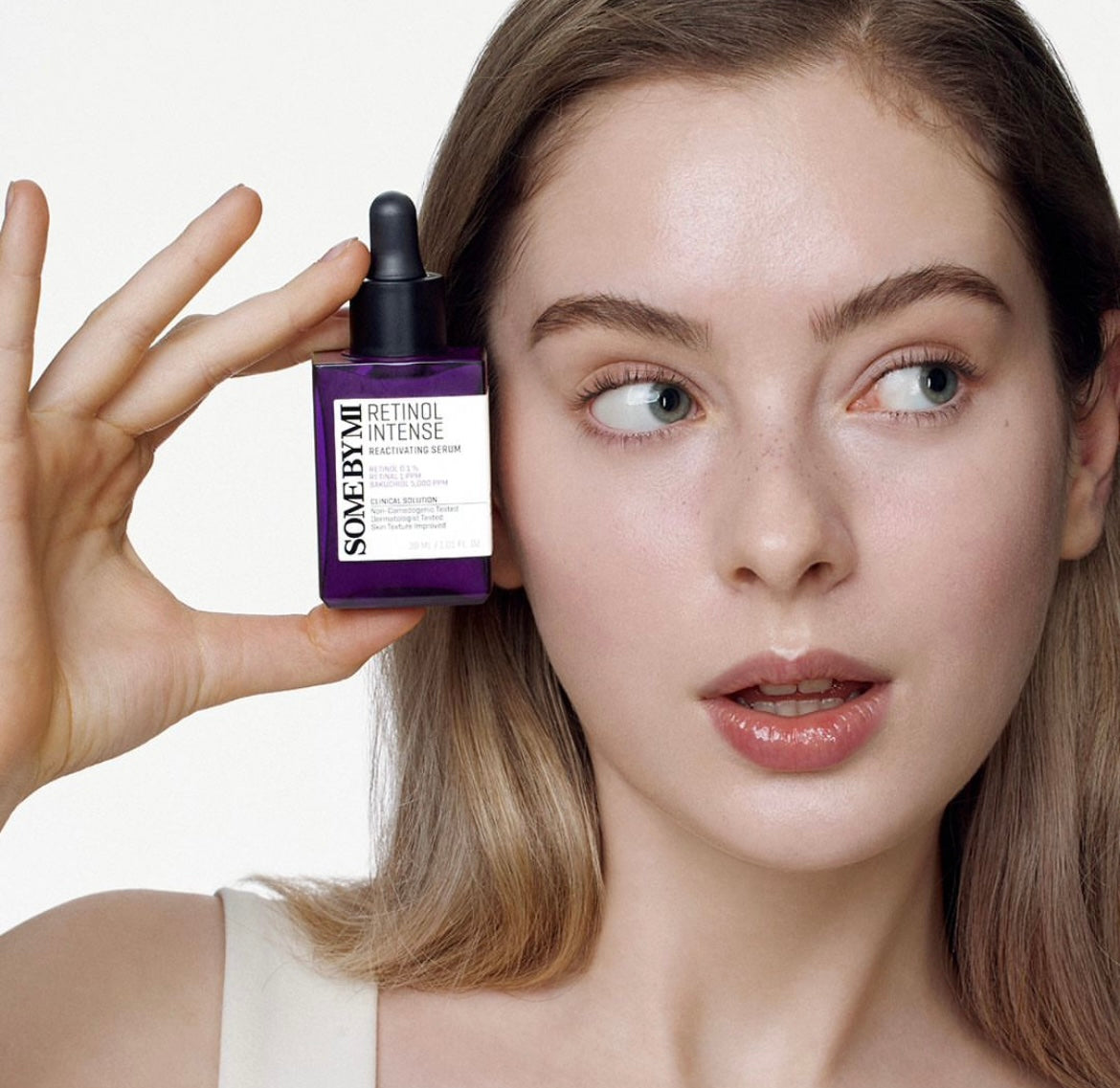SKIN STAINS: EVERYTHING YOU NEED TO KNOW

You casually look in the mirror... And you discover a spot on your skin that until now had gone unnoticed. You let it go, but after the summer, it seems that the stain has not improved, but has gotten worse. Identified? Keep reading!

WHAT ARE STAINS?
Painless, but aesthetically annoying and important for the diagnosis of some diseases: these are the spots on the skin.
The pigmentation (color) of the skin is due to specialized cells found in the epidermis (the outermost layer of the skin): melanocytes . Specifically, they are found in the stratum basale, which is the deepest layer within the epidermis and the one that gives rise to keratinocytes , the cells that migrate outwards and will serve as insulation from the environment: the stratum corneum.
Melanocytes get their name because they produce the pigment melanin in a process called melanogenesis . Melanin is responsible for protecting the skin against UV rays and gives us our skin color; It also provides color to our hair and eyes. The number of melanocytes changes between anatomical regions (there are places in the body with a higher concentration of these cells) and between people of different ethnicities. This melanin is transferred to the keratinocytes 'neighboring' to the melanocyte, which remain pigmented: the greater the amount of melanin transferred 'in packets' (melanosomes), the greater the pigmentation and, therefore, the skin tone will depend on this amount.
Melanogenesis has a basal level that can be overstimulated by various factors (including hormonal, genetic, inflammation...), but the main one is UV radiation from sun exposure : when the radiation hits the skin, it goes to try to protect themselves by forming melanin - whose dark color is capable of absorbing the rays and blocking the damage they cause to the DNA of the cells in deeper layers - and this is the reason why we tan when we spend time in the sun without protection . It is a process that takes place with a delay , that is, after a certain amount of radiation has stimulated it, in order to protect the skin from further damage ; Therefore, we can affirm that any tanning involves damage to the skin, including tanning booths.
Phew! That has been dense... But it is crucial that you know this process to be able to understand the basis behind the spots on the skin.
WHAT KIND OF STAINS DO I HAVE?
Rivers of ink are written about the spots on the skin. In the universe of skin pigmentations there are many types and both the approach to be taken for its treatment and its success will radically depend on its correct identification : this will be crucial. We will not follow the same guidelines at all to try to improve the appearance of post-inflammatory hyperpigmentation, solar lentigo or melasma. Many other less common categories have been described (vitiligo, nevus, etc.); Today we will talk about the most common types and those with the highest incidence.
Treating spots is the field of action of skin health specialists: dermatologists. We remind you that if any type of stain or skin alteration appears, they will be the reference professionals to go to as soon as possible. It is not just an aesthetic issue: variations in the skin should be consulted as soon as possible with a doctor because they could be talking about some type of underlying disease that is manifesting through the skin.
And how could you know what type of spots your skin shows? Although, as we indicated, its diagnosis is always a field of Dermatology, you will be able to orient yourself and start taking action with the descriptions that you will see below. In addition, you will be able to learn which Korean cosmetic products can help you solve them or accompany you in the process without making them worse. Stay to discover them!
POST-INFLAMMATORY HYPERPIGMENTATION (PIPH)
What is it?
As their name suggests, they are dark spots on the skin that occur as a result of an inflammatory process ; An example is the spots left behind by acne lesions (pimples) when they disappear. Other inflammatory processes that cause PIPH are psoriasis, eczema, dermatitis, photoallergic or phototoxic reactions and trauma (after injury, surgery, etc.). IPPH mimics the shape and extent of the lesion and has a tone that can vary between brown, reddish or grayish. It can affect men and women equally, both the face and body and, especially, areas exposed to UV radiation. It is very common among darker skin tones.
What are your causes?
The causes of inflammation can be diverse, as we have seen, but one of the most common causes for which PIPH is consulted is acne . During inflammation in the epidermis, substances are released that stimulate the production of melanin and cause skin pigmentation. Although this is usually temporary, it can take from weeks to years to resolve depending on both the cause of the inflammation and its care and the person's phototype.
In this case, sun exposure is not the cause of these spots, but it can make them worse, darkening them and expanding the time interval it will take for them to fade. There is a half-truth that ' the sun improves acne' : while it is true that it can have a momentary anti-inflammatory effect, it also aggravates dark marks, as we have just seen.

